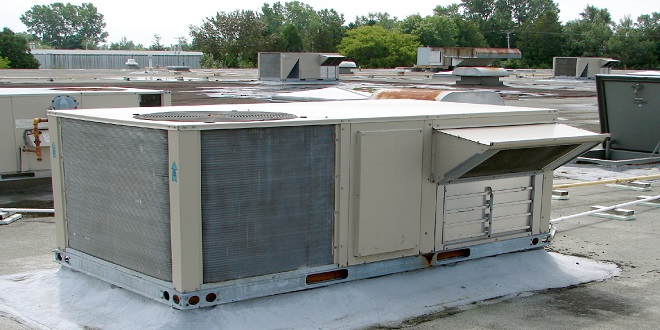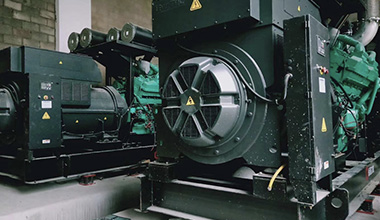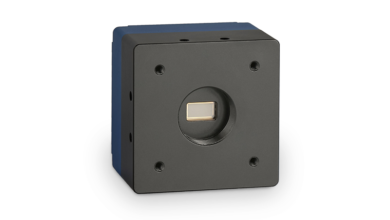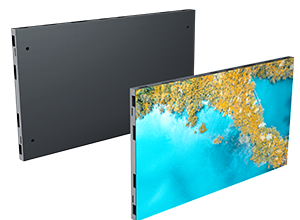Air conditioning – Conventional heating and ventilation

Introduction
The earliest electrical heating I have come across was a pair of gloves with heating elements woven into the material. These were then connected to the vehicle electrical system and worked like little electric fires. The thought of what happened in the case of a short circuit is a little worrying!
The development of interior vehicle heating has been an incremental process and will continue to be so – the introduction of air conditioning being the largest step. The comfort we now take for granted had some very cold beginnings, but the technology in this area of the vehicle electrical system is still evolving. Systems now range from basic hot/cold air blowers to complex automatic temperature and climate control systems.
Ventilation
When extra air is forced into a vehicle cabin the interior pressure would increase if no outlet was available. Most passenger cars have the outlet grills on each side of the vehicle above or near the rear quarter panels or doors.
Heating system – water-cooled engine
Heat from the engine is utilized to increase the temperature of the car interior. This is achieved by use of a heat exchanger, called the heater matrix. Due to the action of the thermostat in the engine cooling system the water temperature remains broadly constant. This allows for the air being passed over the heater matrix to be heated by a set amount depending on the outside air temperature and the rate of air flow.
A source of hot air is therefore available for heating the vehicle interior. However, some form of control is required over how much heat (if any), is required. The method used on most modern vehicles is the blending technique. This is simply a control flap, which determines how much of the air being passed into the vehicle is directed over the heater matrix. The main drawback of this system is the change in air flow with vehicle speed. Some systems use a valve to control the hot coolant flowing to the heater matrix.
Heater blower motors
The motors used to increase air flow are simple permanent magnet two-brush motors. The blower fan is often the centrifugal type and in many cases, the blades are positioned asymmetrically to reduce resonant noise. Varying the voltage supplied controls motor speed. This is achieved by using dropping resistors. The speed in some cases is made ‘infinitely’ variable by the use of a variable resistor. In most cases the motor is controlled to three or four set speeds.
Electronic heating control
Most vehicles that have electronic control of the heating system also include air conditioning, which is covered in the next section. However, a short description at this stage will help to lead into the more complex systems.
This system requires control of the blower motor, blend flap, direction flaps and the fresh or recirculated air flap. The technique involves one or a number of temperature sensors suitably positioned in the vehicle interior, to provide information for the ECU.
The ECU responds to information received from these sensors and sets the controls to their optimum positions. The whole arrangement is, in fact, a simple closed loop feedback system with the air temperature closing the loop. The ECU has to compare the position of the temperature control switch with the information that is supplied by the sensors and either cool or heat the car interior as required.
Last word
A safety switch is fitted in the high-pressure side of most systems. It is often known as a high–low pressure switch, as it will switch off the compressor if the pressure is too high due to a component fault, or if the pressure is too low due to a leakage, thus protecting the compressor.




